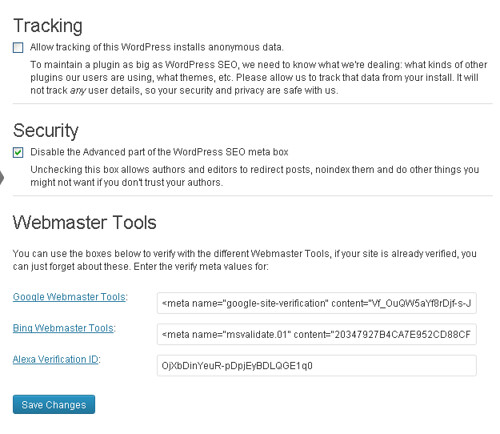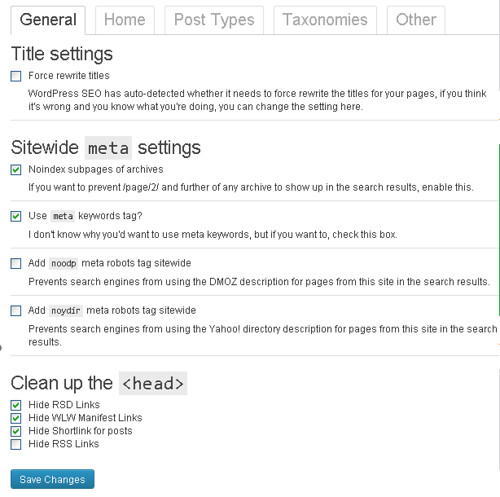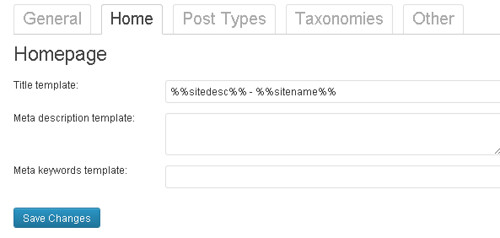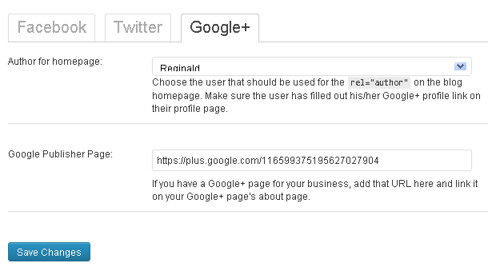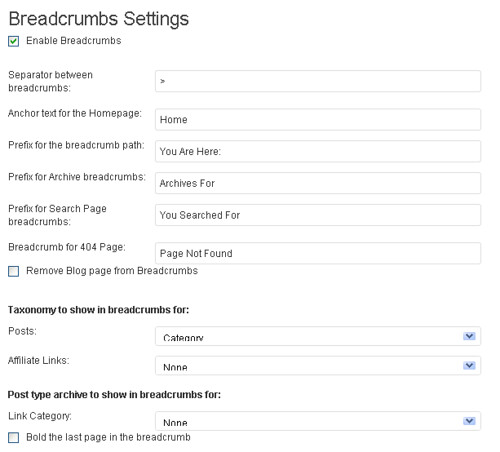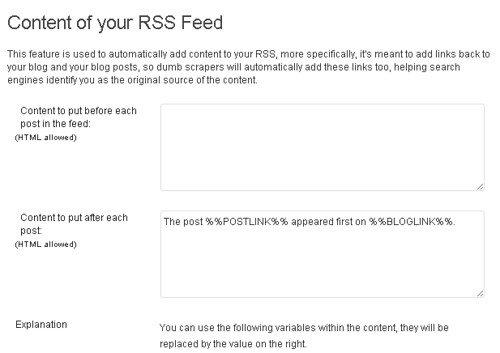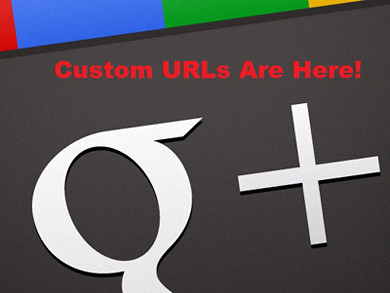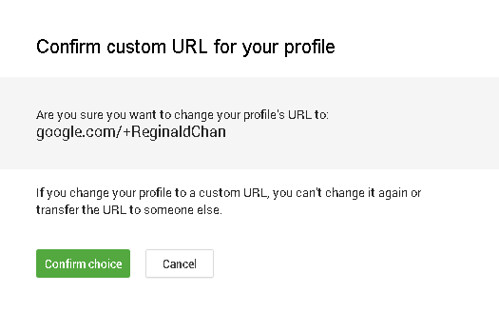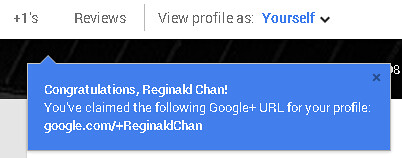If you think the title was a mistake, no it is not and I am not joking either. I managed to increase Google Plus traffic multiple times in just a very short period of time. To be exact, close to 1000% increase in Google+ referral traffic in just 3 days.
Yes, no black hat SEO and no rocket science needed! All you need is patience and lots of hardwork.
For starters, I was generating all-time-low referral traffic from Google+ and I am well aware that there are many bloggers who are doing so well. Yes, it is no secret now. I was getting around 2 traffic a day from Google+.
That’s truth!
So, how do I actually turn the table around and basically, increased my website traffic? I will be explaining to you in a short moment.
Before that, let’s go into why you need Google+ traffic to your blog or website.
Why should you focus (at least a little) on Google+?
For those who missed out what Rand posted last week on Moz, you can find it here, Using Google+ to Appear in the Top Results Every Time – Whiteboard Friday.
I read that article not once, not twice but three times and it really made me think, “What will I be missing out if I am not spending time on Google Plus?”
Obviously, traffic and influence to name a few!
With Google+ being the ‘backbone’ of Google Inc. and a direct competitor to both Facebook and Twitter, I see no reason for me to NOT join the fun. Moreover, some of my closest blogging buddies are already there such as Adrienne Smith, Barry Wells, Harleena Singh and Randy Hilarski.
And so, the journey begins with a video …
What I did to increase Google Plus traffic by 700%?
Before this, I was partially active on Google+. This means that sharing about 1 – 5 posts on my profile and leaving another 5 more posts on my page. And those posts look like this:
Looks like I didn’t do the job well right? Look at the number of +1’s and reshare. Just two and they are from my loyal readers!
Epic fail!
Now, this is my improved version of my Google+ share:
Now, take your time and compare both. Which looks better and more ‘tempting’ to click?
Obviously the second one is better right? For me, getting 7 +1’s and 1 reshare after just a day posting is definitely a good ROI.
As for the record, I didn’t published many posts on Google Plus. Just 1-3 optimized posts a day in general and here’s the result comparing several weeks before this.
From an average of 15 Google Plus traffic a week, my traffic shoot up to 154 and counting. That’s way over 700% and to be honest, it’s 1000% more effective … and in just 3 days (Nov 3 to Nov 5)!
Wait! Guess what? The week isn’t over yet and this means that the stats might just continue to rise (fingers crossed).
With my Facebook account filled with tons of spams on my wall (plus I am lazy to get it ‘cleaned’), this move was suppose to be my strategy to ‘get back’ to Google+. Of course, this simple move of mine turned out to be an explosive traffic generator for me! An honest and unexpected incident you call it?
You bet!
How to start growing your Google Plus traffic?
By now, you should be wondering how you can achieve that. Trust me, this is yet to be the grand prize for me. Much more to come … if you get what I mean.
I never consider Google+ as my normal social media platform. If you want to generate referral traffic from Google+, you need to be active and most importantly, smart.
If you think that you can just be active posting post on your wall just like Facebook, then you are absolutely going the wrong way.
Here are 4 easy ways to build referral traffic using Google+.
1. Google+ Communities

This is my first confession. From the first day of joining Google+ until recently, I have NOT joined any community. Yes, I thought that Google+ was just like other platforms like Facebook and Twitter. Sadly, I am wrong.
If you want to boost traffic to your blog or website, you need to join Google+ communities. Yes!
Google+ is home to hundreds or many thousands of active communities and with so many communities lying around, I know it is crazily hard to choose the right one. Seriously, there’s no way out for this.
Grab your favorite coffee (beer for me) and spend at least 60 minutes to stream down a list of Google Plus communities that fits your interest.
Your ultimate goal here is to join the right community for the right purpose; Increase referral traffic and improve your social media presence.
When it comes to choosing the right community, you need to ensure that you are joining:
- The right community
- Communities which are really focused in the related topic (you can see the engagement level)
- Avoid communities that are sharing links only
- Has a half a page of terms and conditions (the more, the merrier)
- Running multiple categories on the related topic
Through my experience, avoid joining general communities such as ‘blogging’ or ‘SEO’. Usually, most members are just for sharing links. Instead, focus on Google+ communities that are more precised such as ‘content writing’ or ‘social media SEO’.
You need to avoid communities which are:
- Having lots of spam or link sharing (out of 10 posts, 8 are all links with no descriptions)
- Inactive members (scroll down the first 10 and see if the poster is always the same person)
Yes, these are very tedious job but you may be getting more returns than you can ever image!
2. Sharing quality feedback and serve the community
What’s the trick to make people click, +1 and the endless reshare which ultimately become a viral?
Okay let’s be honest here. Unless you are that famous, having a strong list of followers or a social media influencer, you won’t be getting hundreds/thousands of reshares. However, a goal is still a goal right?
The first step of making your links and post a hit is to always offer quality content. When it comes to generating referral traffic, visibility is always important. You need be a ‘servant to the community’ before they even notice your presence … so to say.
This is how I do it on a daily basis:
- Check on my communities notification (any new posts etc)
- Comment and share information if needed
- Refrain from sharing links on every feedback or comment (just relevant ones)
- Share one link per day at the right time
- Never ever copy paste the CTA sentences from one community to another
Important tip: When you are sharing and commenting, make sure that you are tagging the person as well. This improves visibility and encourages the person to engage back. Excellent way to get more reshares.
And this brings me to the next point of mine below.
Related read: The importance of social engagement in SEO
3. Proper way to engage on Google Plus especially on ‘hot times’
Now, being a huge Followerwonk user, I don’t think that there’s an analytics tool out there that could tell you when your readers are most active on Google Plus. If there is one, please tell me!
The only way to understand the ‘hot zones’ are by watching closely on the engagements. Finding the right time to publish a post (especially with links) could easily multiply your referral traffic without you knowing.
And if you think that sharing an article at the right time is enough, you are terribly wrong my friend.
You need to be specific and use the right CTA. Unlike Facebook or Twitter, you could easily share a related link with just 1 or 2 sentences. However, this is not the case when it comes to Google+.
A highly optimized Google+ post will attracts more readers than you can ever image. Here’s what I call a better and more optimized Google+ post:

Pro tip: On desktop and mobile view, those Google+ posts and updates will be minimized and thus, you need to think wisely on using the right call to action or CTA. For example, you will be able to see around 4 lines of sentences before it goes ‘show more’. Therefore, using the right CTA will play a huge role in determine if your post is ‘clickable’.
4. Increase traffic following the current trends
If you want to multiple your Google+ traffic, one of the simplest method is to follow the current trend. For example, I am very active in the social media marketing communities and one of the hottest topic currently is about enabling Google+ vanity URL.
Simply by posting one of my highly related write up on the matter tripled my traffic overnight. And that’s what I am trying to say!
Here are some very important tips to double, triple or nuke your Google+ traffic:
- Follow the trend (and skip any that is not related)
- Analyze if the topic is going to be a killer or else you might just be wasting your time
- If you want to share a topic or link, make sure it is just that damn good
- At times, engaging with the community on hot topics could even boost your traffic instead of just sharing links
Among the 4 tips above, this is probably the hardest among all because we have no idea what will actually ‘tick’ the readers. I like consider that … a pandora’s box.
Nonetheless, you should always put on your thinking cap to analyze the best bet for your job done.
When it comes to finding the best trend, there are two very simple ways which are:
- Using Google Trend
- Manual checking on related niche communities
For me, I usually skip using Google Trend and head straight over to my communities. That is much faster and less time consuming for me.
Read more: 8 Essential Website Optimization Tips That Makes Google Happy
Is Google+ doing any good to you?
The reality remains the same; Different traffic generation techniques, work for different people and that’s the truth.
When it comes to Google+, it is all about engagement level and how active you are. If you are thinking of using social media automation techniques, the results might not be as good as the one that you do it manually.
How about you? Do you experienced significant traffic growth when you use Google+? Tell me what you think using the comment form below.









